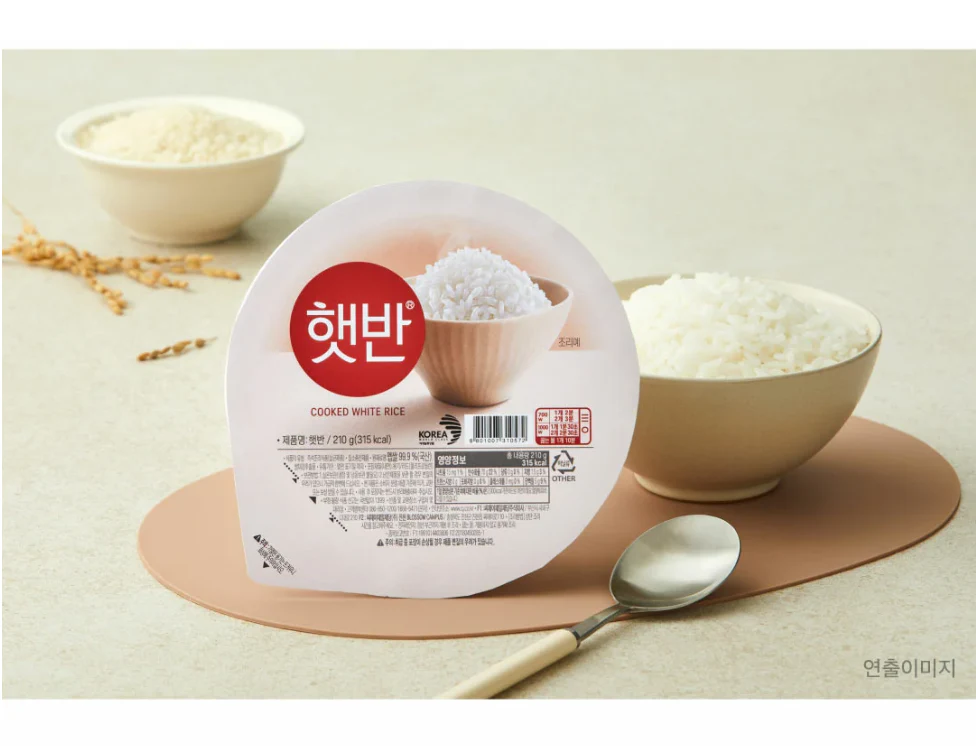Young South Koreans Drive Surge in Ready-to-Eat Multigrain Rice Purchases
South Korea is witnessing a notable shift in eating habits as younger consumers increasingly turn to multigrain options in the ready-to-eat (RTE) rice market. The trend, largely driven by health-conscious millennials and Gen Z shoppers, reflects a desire for nutritious yet convenient meals that align with modern lifestyles. What was once viewed as a basic staple is now being embraced as a wellness-oriented choice.
Recent consumer data shows that individuals in their 20s and 30s are fueling demand for RTE rice blends featuring ingredients such as barley, black beans, sorghum, and millet. These grains are valued for their higher fiber content, heart health benefits, and more balanced nutritional profile compared to white rice. For many young South Koreans, multigrain rice is seen not just as an alternative but as a deliberate health upgrade.

Convenience also plays a key role in the growing popularity of these products. As more people live alone and prepare quick meals at home, RTE rice offerings provide a fast, mess-free option that doesn’t sacrifice nutrition. The rise of “homespoon” dining culture—where meals are enjoyed solo at home—has made these pre-cooked grain blends a staple in many pantries.
Multigrain rice dishes like ogokbap and kongbap have long been part of traditional Korean cuisine, typically served during holidays or special occasions. Today, younger generations are incorporating these blends into their everyday routines, motivated more by health benefits than cultural tradition. The blends offer variety in texture and flavor while reconnecting diners with familiar elements of their food heritage.
To keep pace with consumer demand, manufacturers in the home meal replacement sector are expanding their mixed-grain rice lines. New products now include combinations featuring adzuki beans, black soybeans, and other nutrient-dense grains. These options, often marketed under names like japgokbap, are tailored to health-conscious consumers looking for a balance between taste and nutrition.
Looking ahead, food producers are exploring ways to innovate even further. Future developments in the RTE category may include multigrain rice infused with plant proteins, seaweed, or fermented ingredients. Additionally, younger consumers are placing greater value on transparency and sustainability, which could push brands to highlight sourcing practices and nutritional integrity in their packaging and marketing.
As dietary habits evolve, South Korea’s RTE rice market is becoming a space where tradition, health, and modern convenience intersect, reshaping how a staple food fits into contemporary life.


